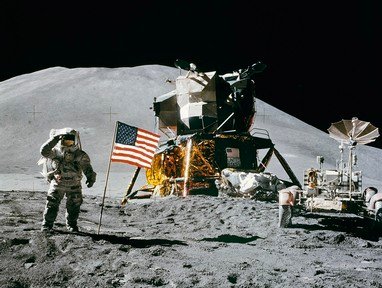
Apollo Crews - 7 to 10 Trivia Quiz
Between 1969 and 1975, a total of 12 Apollo missions were flown, either in Earth orbit or to the Moon. Can you match the astronauts with the mission they flew? (This encompasses the first four missions)
A classification quiz
by Red_John.
Estimated time: 3 mins.